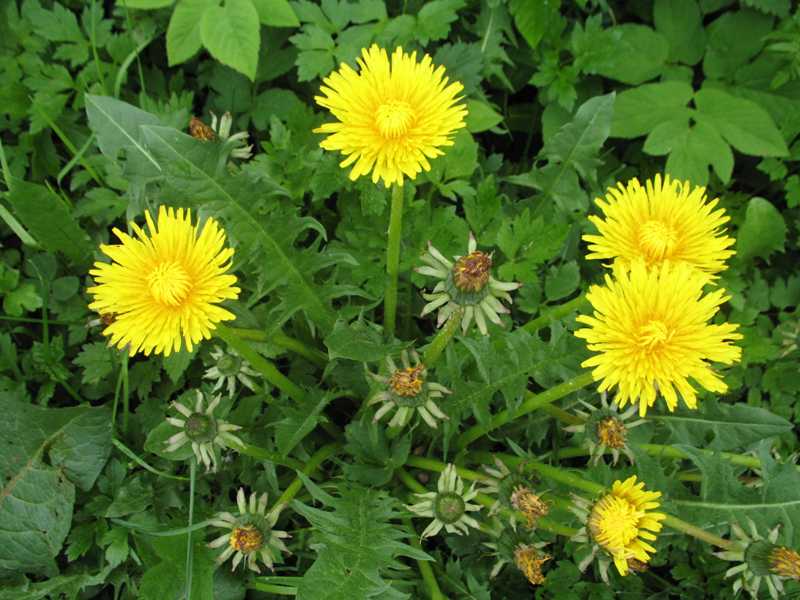 |
| The ho-ho-holidays are almost here! |
I know, I know, we haven’t even gotten to Halloween yet and retailers are already pushing Christmas. We hate to jump on the bandwagon, but since we are now an official installer of Seasonal Source LED Christmas Lighting, we want you to have the info you need to plan your holiday lighting and get on the schedule.
Why Seasonal Source LED?
LED is green technology, consuming about 80% less electricity than traditional. You save money every year you use them.
Tired of testing your strings of lights every year only to find half of them don’t work anymore? Our lights are premium grade and ruggedly constructed with a 3 year guarantee.
Our LED lighting provides a dazzlingly bright display with brilliant jewel-like colors that never fade, chip, or scratch. You can choose from traditional warm-white to an array of festive colors.
LED are safe and cool to the touch.
Do more with less. Let’s compare the energy savings: On roof lighting, we typically use the C9 bulb. With LED, 100 ft of roof line will use less electricity than a single 100 watt light bulb. 100 ft of traditional incandescent Christmas lights will consume more power than a 600 watt microwave! When wrapping trees or columns with mini-lights, we can plug up to 300 23 foot long strings into one outlet! Compare with only 35 strings of traditional mini lights.
Its easy to see. You can cover more area with a huge reduction in electrical costs, or increase your display without dangerously overloading your electrical circuits.
What do we provide?
We can provide everything for your outdoor display, custom designed to fit your home, including mini lights to wrap trees and shrubs, C9 roof lights, lighted wreaths and garlands, and all the jumpers, cords, and timer needed to make it all work. After Christmas, we will come out and place the lights in stackable storage boxes with tags and a diagram so that installation the following year will be easy to duplicate.
What does it cost?
We will measure your roof, trees, shrubs, sidewalks- whatever you want to highlight and provide an estimate and design suggestions. Once you have purchased your lights and supplies from us, we have a simple labor rate to cover installation and take down.
Labor
Lining driveways, sidewalks, etc: $1.25 per ft
Single story roof lines: $2.50 per ft.
Second story roofs: $3.75 per ft
Wrapping tree trunks, shrubs, etc. $.25 per ft
Sample light prices:
C9 roof lights are $1.70 per ft including wire and clips, and 23.5 ft strings of M5 or G12 mini lights run $15.00—$18.00 per string depending on color.






















